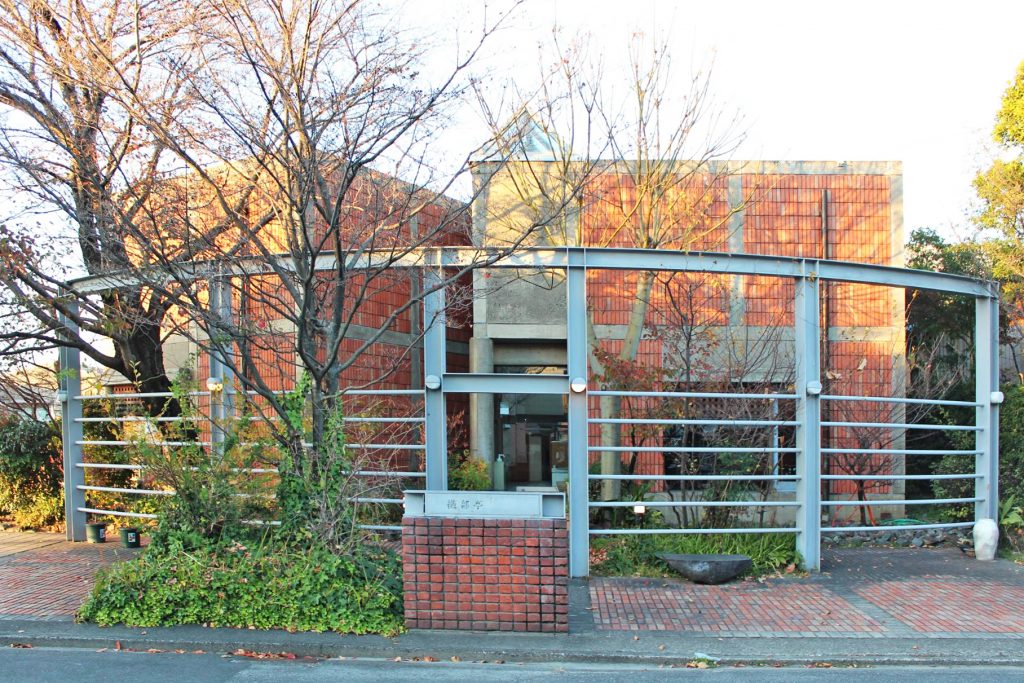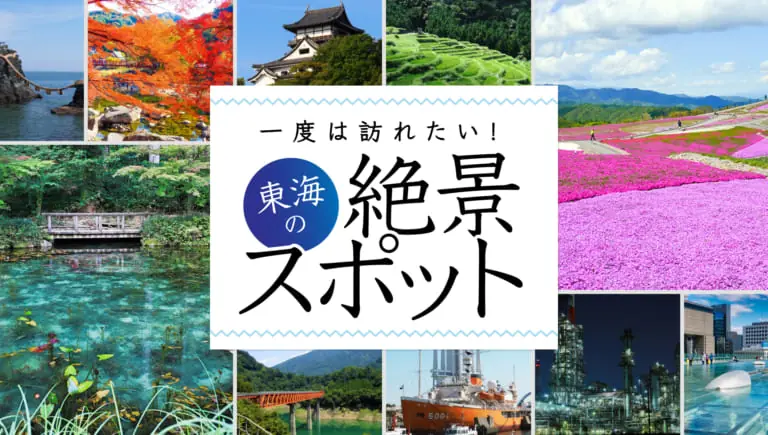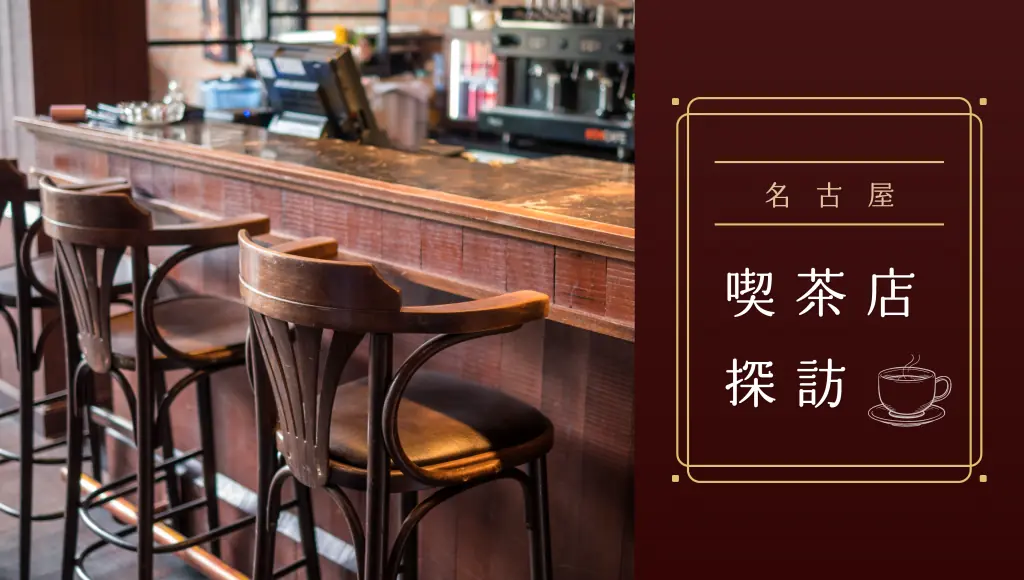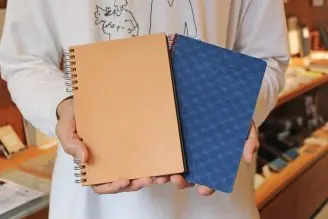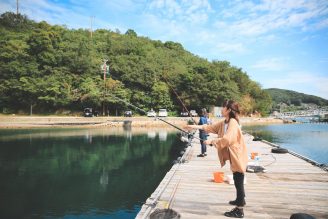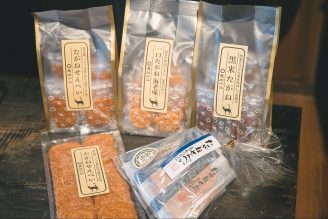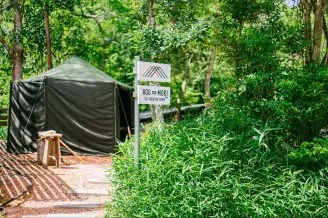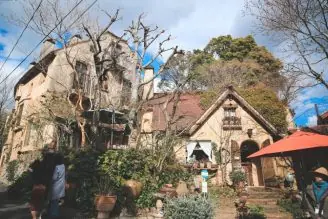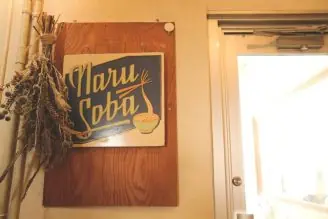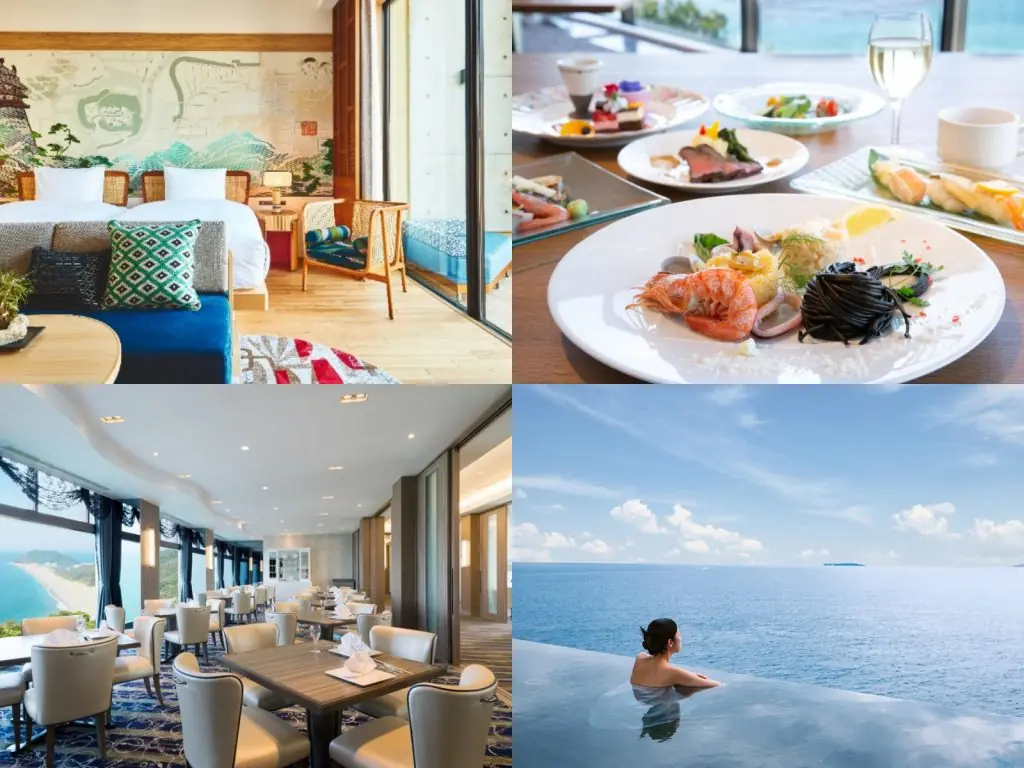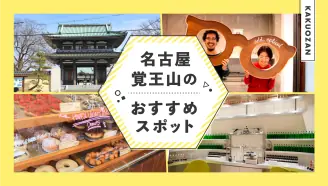愛知県一宮市木曽川町にある「御菓子司亀屋」。昭和12年の創業以来培ってきた伝統と味を守りつつ、新たに喫茶室や和菓子づくり体験ルームも設けられ、令和3年にリニューアルオープンしました。
素材はもちろん、水にもこだわり、製法はすべて手づくり。防腐剤などの使用をしない、昔ながらの和菓子を「見て」「食べて」「つくる」ことで、和菓子をもっと身近に感じてもらいたいと発信する「御菓子司亀屋」で、和菓子づくりを体験してきました。
※情報は取材時のものです。
ご利用の際には、各施設・各店舗の最新情報をご確認ください。
目次
「御菓子司亀屋」の歴史

「御菓子司亀屋」は、木曽三川に育まれた濃尾平野の北西、木曽川町に昭和12年に創業。イオンモール木曽川のすぐ近くにあります。
太平洋戦争の影響で一時休業も、昭和38年に店を再開。防腐剤などは一切使用せず、添加物も必要最低限に抑えた安心、安全で甘みをおさえた伝統的な「やさしい和菓子」は、地元はもちろん遠方から足を運ぶ多くのお客様に好評です。

入口の脇には、手入れの行き届いた庭があり、和菓子を味わうのにぴったりの風情ある空間です。
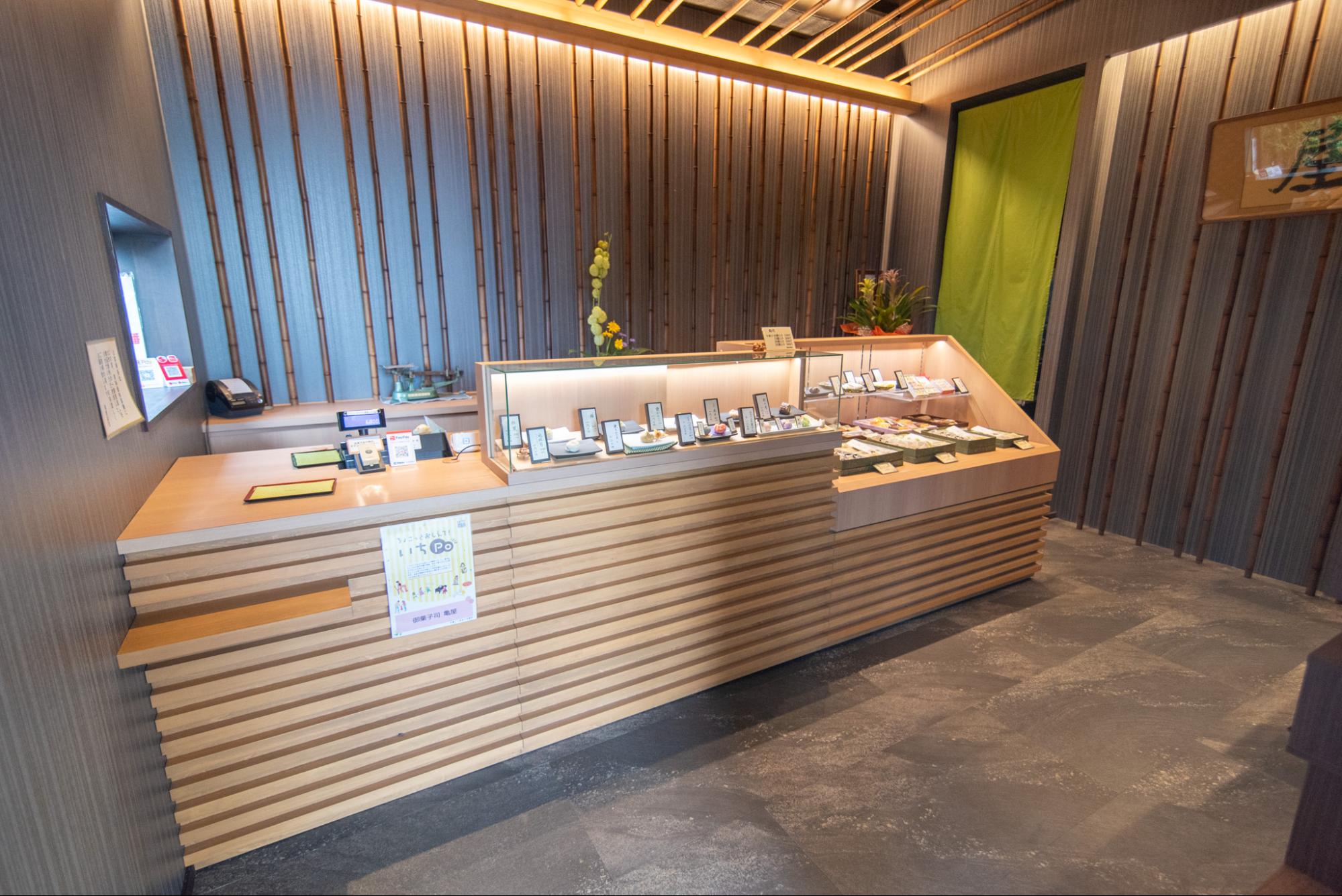
モダンな店内に入ると、季節を感じる上品な和菓子が並びます。

職人の技が光る上生菓子は、季節に合わせてクリスマスにはサンタクロース、ひな祭りにはお雛さんなどのほか草花や果実、動物など花鳥風月をかたどり、目でも楽しませてくれます。

左:一豊くん(120円税込)、右:店頭で一番人気のどら焼き(140円税込)。

木曽川町にゆかりのある戦国武将・山内一豊にちなんだ「一豊くん(120円税込)」。卵とシナモンの生せんべいの間につぶ餡がサンドされています。木曽川町からの地元土産としてもおすすめです。


お饅頭を塩漬けしたしその葉で巻いた甘じょっぱさが絶妙なバランスの「しそ巻き(130円税込)」は、和菓子通に人気です。
和菓子づくり体験に挑戦

和菓子に直接触れていただきたいという思いからはじめられた、全国的にも珍しい和菓子づくり体験ができる「御菓子司亀屋」。匠の技を目の前に、季節の上生菓子や創作和菓子づくり、かき氷づくりが体験できます。

今回挑戦するのは、親子で楽しめる練り切り和菓子3個をつくる初級コース。
和菓子づくり体験専用のお部屋に案内されると、材料のカラフルな餡と実際に職人さんが使う道具も用意されていました。手を洗っていよいよスタートです。
和菓子づくり体験 (初級)
【価格】1,500円(税込)
【個数】3個(約40g×3個)
【時間】60分
【内容】さまざまな色の餡を使用して職人さんの指導のもと、季節の上生菓子をつくる練り切り体験です。
練りきりとは、白あんにさまざまな材料を加え、調整して練りあげる「練りきりあん」を主原料とする生菓子で、色を加えたり細かい加工を施し、好みの色や形に成形したもの。お祝い事やお茶席など特別な日に食べることが多く、芸術性が高い上生菓子です。

まずは、白い餡をつかった「うさぎ」をつくります。左手に乗せて転がしながら綺麗な丸い形をつくり、右手で優しく押し平たく伸ばします。

平たくなったら、ひとまわり小さなこし餡をのせ、ひっくり返し持ちかえます。

職人さんの技に魅せられながら、中身のこし餡が隠れるようぐるぐると包み込んでいきます。

包めたらやさしく卵形に整え、耳としっぽをつけたらあっという間にうさぎの形が完成です。

うさぎの耳の内側に筆をつかってピンク色にかわいく色付け。


最後は、溶かした羊羹で目を入れます。とっても熱いので、この作業は職人さんにおまかせ。

ふたつ目は、取材時期がハロウィンが近かったのでパンプキン。お子さんにも楽しんでいただけるよう、季節に合わせてかわいいモチーフで体験ができます。

うさぎと同様に、まずは外身になるオレンジ色の餡を平たく伸ばし中身のこし餡を包んでいきます。

目の前で一緒につくりながら丁寧に教えてくれるので、小さなお子さんも集中して取り組めますよ。


今度は、布をつかって茶巾絞り。軽く絞ってかぼちゃの形をつくっていきます。

かぼちゃの筋の部分や顔の部分も専用の道具で跡をつけ、最後にへたの部分をつけたらかぼちゃの完成です。

職人さんが一つひとつ優しいトーンで声をかけてくれるので、リラックスして作業が進みます。

3つ目は、いが栗がモチーフの練り切り。まずは、いがのとげとげを表現する部分を緑色の餡でつくります。

ざる状の道具に餡を押し付けて、押し出された形がイガの部分になっていきます。

ねんど工作が大好きな息子も真剣な表情。「とっても上手だね」と褒めてもらうと、より一層やる気になって取り組んでいました。


押し出された餡の形が、くずれないよう箸で丁寧にのせていきます。最後に栗の甘露煮をのせて完成。

40分ほどで「うさぎ」「パンプキン」「栗」、秋にぴったりの3つの作品が出来上がりました。

完成した和菓子は、一つひとつケースに入れ、箱詰めして持ち帰ることができます。お土産にしても喜ばれそうですね。自分でつくった和菓子は、可愛すぎて食べるのがもったいないくらいというほど思い入れのある作品になりました。

最後は、喫茶室でお土産とは別で用意していただける和菓子とお茶で休憩。

口どけはなめらかで、上品でやさしい味わい。はじめてつくった和菓子に笑顔で、「またつくろうね」と大満足な和菓子づくり体験でした。
「御菓子司亀屋」では、ほかにも餡ケーキなど自分のアイデアで創作和菓子づくりが体験できるコースやかき氷づくり体験もあります。
●和菓子づくり体験 (中級)
【価格】3,000円(税込)
【個数】1個(約500g×1個)
【時間】180分
【内容】さまざまな色の餡を使用して、自分で創作和菓子(餡ケーキ)をつくる練り切り体験です。
●和菓子づくり体験 (上級)
【価格】5,000円~(税込)
【個数】10~15個
【時間】180分
【内容】和菓子の生地作り、餡作り等の和菓子づくりの技法を学べるフルオーダーメイドの和菓子づくり体験です。
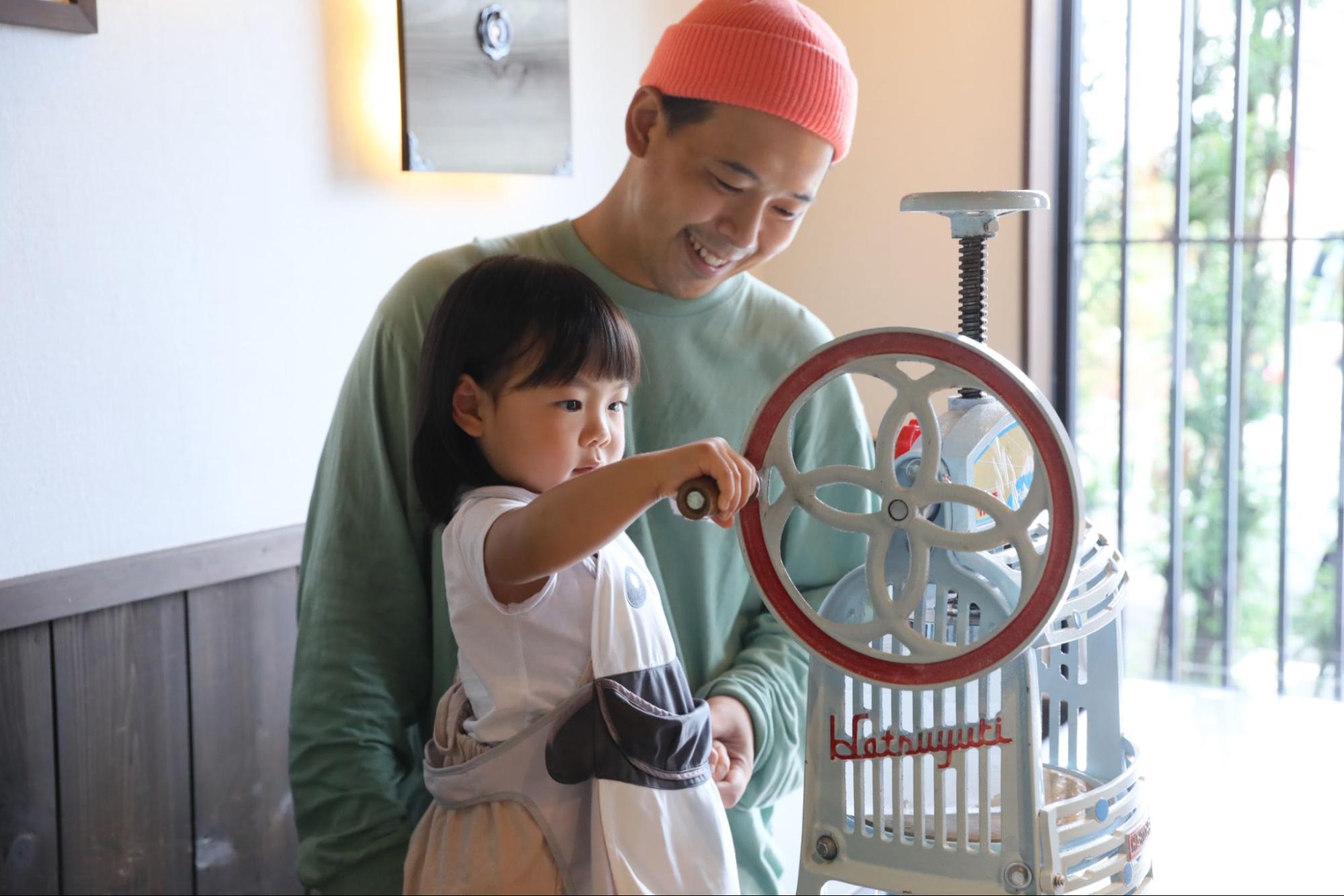
●かき氷づくり体験
【価格】800円~(税込)
【個数】1個
【時間】30分
【内容】昔ながらのかき氷機を使用して手で氷を掻き、好みのシロップを掛けて自作のかき氷をつくる体験です。
和菓子はもちろん、
一年中味わえるかき氷も人気の喫茶室

店内のショーケースに並ぶ和菓子を選んでお抹茶とセット(600円税込)でいただくことができる喫茶室。カウンター席が4席とふたり掛けのテーブル席が2テーブルあり、間接照明で落ち着いた雰囲気の中、ぜんざいやわらびもちなどを味わえます。

カキ氷 あまおうイチゴ 700円税込

カキ氷 こだわり抹茶 700円税込

喫茶室でとくに人気なのが、一年中味わえるかき氷。取材時も、次から次へとかき氷を注文するお客さんで常に席が埋まっていました。いちごや抹茶以外にも、夏には限定のかき氷メニューもあるのでぜひ味わってみたいですね。

今回はじめて和菓子に触れる体験を通して、和菓子が大好きになった様子。和菓子を身近に感じてほしいという店主の方の思いの通り、いい経験になりました。
「御菓子司亀屋」では、卵アレルギーや小麦のアレルギーのある方や生クリームが苦手でも楽しめる和菓子のケーキもオーダーできるとのことで、次のお誕生日には、大好きなキャラクターで和菓子ケーキにしたいと目を輝かせていました。






